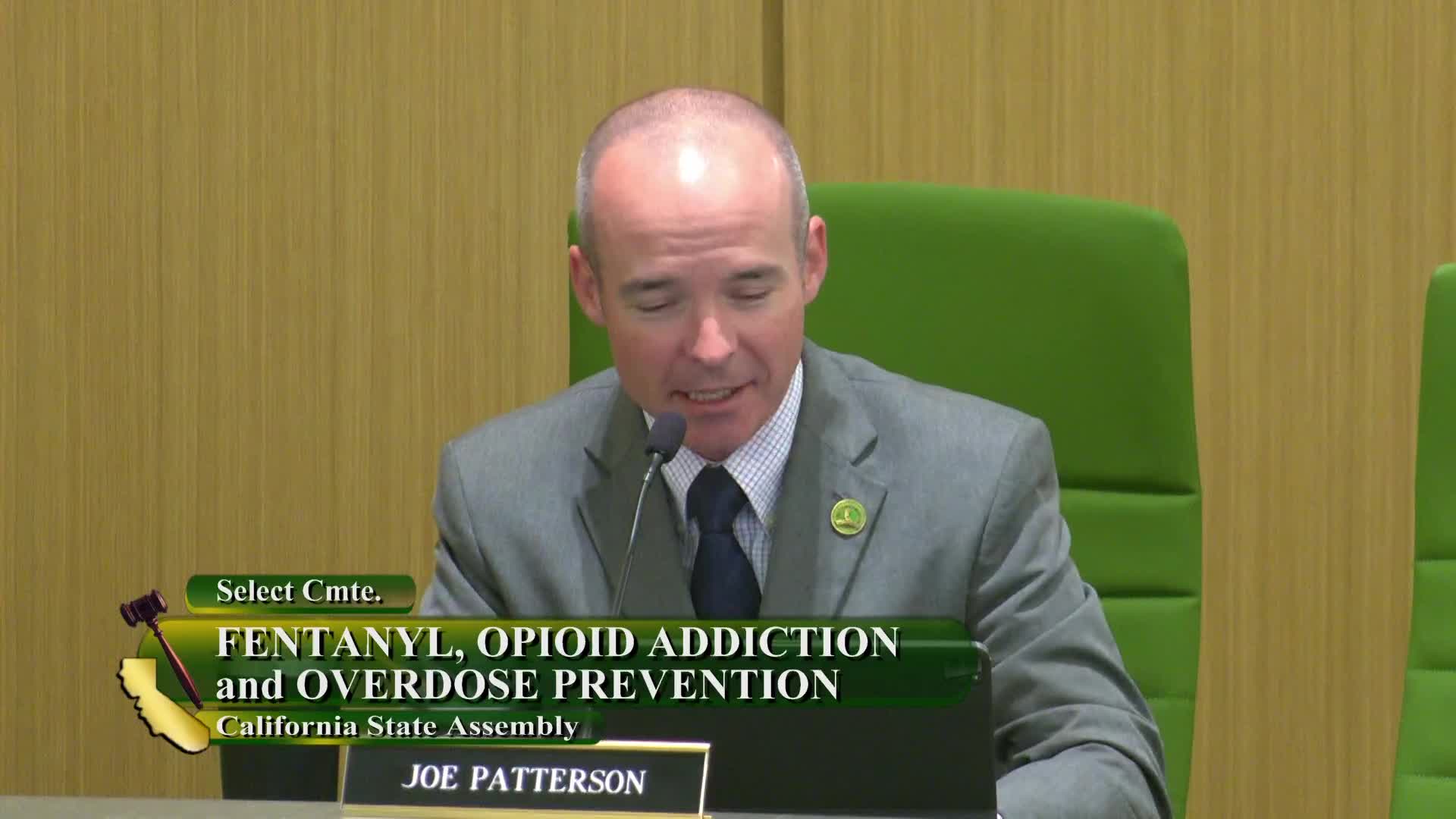Emergency responders call for stronger naloxone access amid opioid crisis
August 12, 2024 | California State Assembly, House, Legislative, California
This article was created by AI summarizing key points discussed. AI makes mistakes, so for full details and context, please refer to the video of the full meeting. Please report any errors so we can fix them. Report an error »

In a recent government meeting, discussions centered on the urgent need for enhanced access to naloxone, a life-saving medication used to counteract opioid overdoses, particularly in the face of the escalating fentanyl crisis. The meeting highlighted the bipartisan support for legislation, SB 641, which aimed to allow emergency responders to administer higher doses of naloxone—up to eight milligrams—rather than the current limit of four milligrams. Despite passing unanimously in both the Senate and Assembly, the bill was vetoed by the governor, raising concerns among first responders about the adequacy of current protocols.
First responders emphasized the changing landscape of the opioid epidemic, noting that stronger fentanyl analogs are increasingly prevalent. A paramedic with extensive experience pointed out that while intranasal naloxone is convenient for lay responders, emergency medical services typically rely on intravenous administration for more effective treatment. The paramedic advocated for making all FDA-approved naloxone options available to the public, stressing the importance of training for police officers and other first responders to ensure they can effectively respond to overdoses.
The conversation also touched on the necessity of equipping police officers with naloxone, with suggestions that they should carry multiple doses to be prepared for varying situations. The committee members expressed a commitment to exploring legislative avenues to improve access to naloxone and enhance educational efforts aimed at young people, recognizing the critical role of community engagement in combating the opioid crisis.
As the meeting progressed, the focus shifted to prevention and education, with parents from advocacy groups sharing personal stories and emphasizing the need for greater awareness and resources to protect youth from the dangers of drug use. The meeting concluded with a call for continued collaboration and innovative approaches to address the ongoing challenges posed by the opioid epidemic.
First responders emphasized the changing landscape of the opioid epidemic, noting that stronger fentanyl analogs are increasingly prevalent. A paramedic with extensive experience pointed out that while intranasal naloxone is convenient for lay responders, emergency medical services typically rely on intravenous administration for more effective treatment. The paramedic advocated for making all FDA-approved naloxone options available to the public, stressing the importance of training for police officers and other first responders to ensure they can effectively respond to overdoses.
The conversation also touched on the necessity of equipping police officers with naloxone, with suggestions that they should carry multiple doses to be prepared for varying situations. The committee members expressed a commitment to exploring legislative avenues to improve access to naloxone and enhance educational efforts aimed at young people, recognizing the critical role of community engagement in combating the opioid crisis.
As the meeting progressed, the focus shifted to prevention and education, with parents from advocacy groups sharing personal stories and emphasizing the need for greater awareness and resources to protect youth from the dangers of drug use. The meeting concluded with a call for continued collaboration and innovative approaches to address the ongoing challenges posed by the opioid epidemic.
View full meeting
This article is based on a recent meeting—watch the full video and explore the complete transcript for deeper insights into the discussion.
View full meeting
